Amid the trend of green economic development and tourism associated with health care, the "medicinal village" model is being pursued by many localities in Vietnam as a sustainable direction. This is a harmonious combination of preserving traditional medical knowledge, developing community economy and preserving natural ecosystems, opening up a new approach to local development associated with national cultural identity.
Potential from land and indigenous knowledge
Vietnam is a country with rich medicinal resources, with thousands of precious medicinal plants growing naturally in the mountains and deep forests, especially in the Northwest, Viet Bac, and Central Highlands. In addition, the folk medicine knowledge of ethnic minorities - such as Dao, Thai, Mong, Tay - is a priceless treasure passed down through many generations. They know how to identify medicinal plants, combine herbs in treatment and daily health care.
It is the combination of favorable natural conditions and traditional knowledge that has created a special advantage for the formation of "medicinal villages" - places where medicinal plants are grown, processed, and preserved, while also welcoming tourists to experience culture and explore traditional medicine.
Structure of the "medicinal village" model
A complete medicinal village usually includes medicinal plant growing areas, collection and conservation gardens, herbal processing areas, experience spaces and community accommodation areas. Local people are involved in every step: from taking care of medicinal plants, processing bath leaves, making herbal tea to guiding tourists on tours, taking medicinal baths or steaming.
Tourists coming here can not only sightsee and relax, but can also directly pick medicinal leaves, learn how to process them, and hear about the uses of each medicinal herb. Some places also develop traditional therapeutic services such as herbal massage, steam bath, Red Dao herbal bath... bringing both relaxing and healing experiences.
Multidimensional benefits of the "medicinal village" model
Economically, this model helps people have a stable source of income by combining agriculture and tourism. Planting medicinal plants under the forest canopy helps to take advantage of land, create green livelihoods and contribute to reducing exploitation of natural forests. Medicinal products such as essential oils, herbal teas, medicinal extracts, and bath leaves are packaged and commercialized, becoming typical local products.
Socially, the "medicinal village" model helps preserve and promote traditional medical knowledge. Precious remedies and experiences are recorded, systematized and taught to the younger generation, avoiding the risk of them being lost. Indigenous people, especially women, are given jobs right in their hometown, contributing to retaining labor and developing community tourism.
Environmentally, growing medicinal herbs under the forest canopy helps maintain cover, prevent erosion and preserve biodiversity. Reasonable exploitation also motivates people to participate in forest protection, shifting from "exploitation" to "nurturing" natural resources.
In terms of medicine, tourists and residents have the opportunity to access natural, safe, and highly preventative health care methods. Traditional medicine is connected with resort tourism to create a new trend - comprehensive health care tourism (wellness tourism).
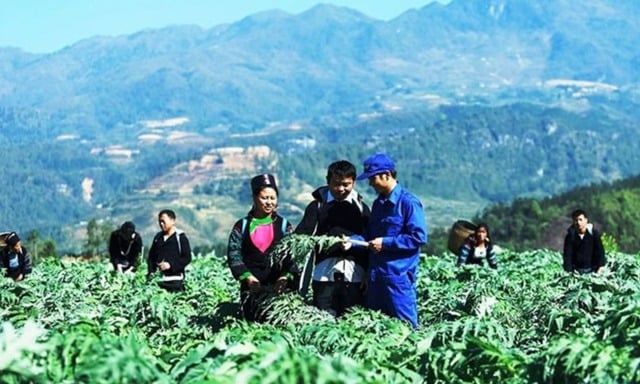
The "medicinal village" model helps preserve and promote folk medical knowledge.
The challenges posed
Despite its potential, the implementation of the "medicinal village" model still faces difficulties. Many small-scale growing areas do not meet the standards for clean medicinal plant cultivation (GACP-WHO). Processing, preservation and quality control are still limited, resulting in low product value.
Tourism infrastructure in many villages is still lacking, and human resources with knowledge of both traditional medicine and tourism skills are scarce. In addition, the preservation of folk knowledge is still fragmented, lacking a mechanism for sharing benefits and protecting community intellectual property rights.
Sustainable development direction
For the "medicinal village" to truly become a green economic model, there needs to be coordinated efforts between the government, people, scientists and businesses. First of all, it is necessary to build a standard raw material area, select medicinal plant varieties suitable for each ecological region, and organize training on safe planting, care and processing techniques for medicinal plants.
In addition, it is necessary to develop specialized tourism products associated with traditional medicine - such as "medicinal experience tours", "medicinal bath tours", "day living with the Dao people" - combined with relaxation and local cuisine using herbs. Building a brand for each "medicinal village" is also very important, which can be associated with the OCOP program or developing a collective brand for widespread promotion.
It is necessary to focus on training young human resources, especially indigenous people, to become tour guides, therapists or experts in imparting knowledge of medicinal plants. At the same time, apply digital technology in promoting and selling medicinal products, and link with tourism and traditional medicine businesses to expand the market.
The “medicinal village” model is not only an economic direction but also a path to preserve traditional medical knowledge and sustainable development. When properly planned and invested, this model can become a bright spot of Vietnam’s green economy – where people live in harmony with nature, preserve national culture and spread the healing value of traditional medicine.
It is not only an economic development model, but also a journey to awaken the power of Vietnamese identity in every forest canopy, every handful of medicinal leaves and in the pride of people who live off the mountains and forests – and preserve the mountains and forests with their own knowledge.
Source: https://suckhoedoisong.vn/hoi-sinh-tri-thuc-thao-duoc-qua-mo-hinh-lang-duoc-lieu-vung-cao-169251103105537785.htm



![[Photo] Prime Minister Pham Minh Chinh attends a conference to review one year of deploying forces to participate in protecting security and order at the grassroots level.](https://vphoto.vietnam.vn/thumb/1200x675/vietnam/resource/IMAGE/2025/11/12/1762957553775_dsc-2379-jpg.webp)
![[Photo] Highways passing through Dong Nai](https://vphoto.vietnam.vn/thumb/1200x675/vietnam/resource/IMAGE/2025/11/12/1762940149627_ndo_br_1-resize-5756-jpg.webp)





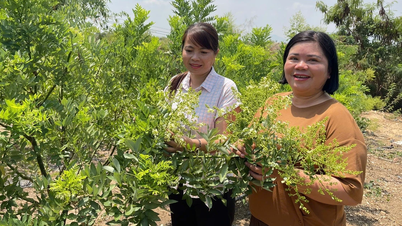

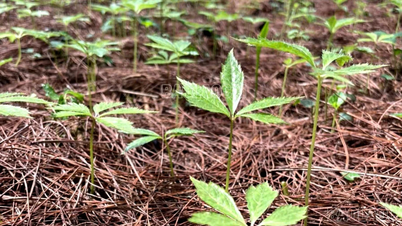



















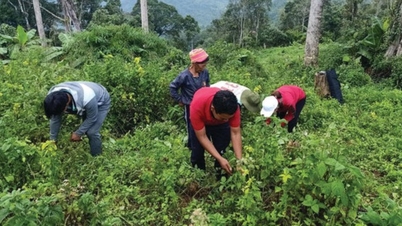

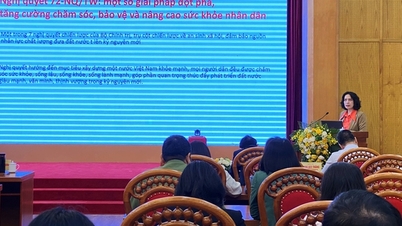







































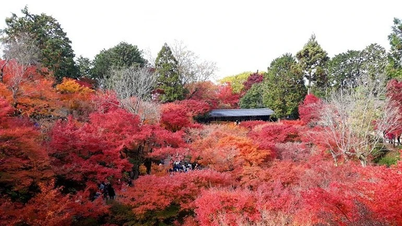








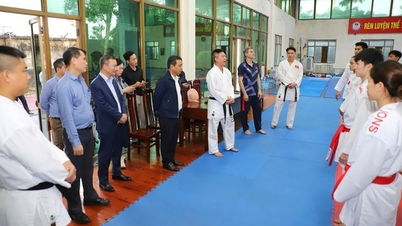

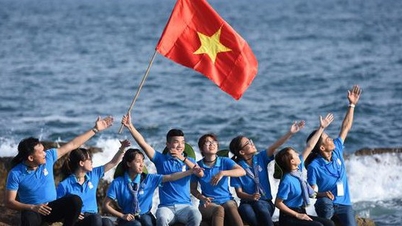


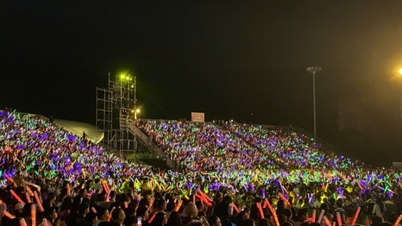




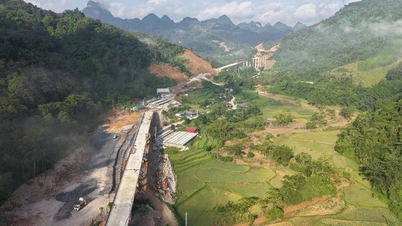
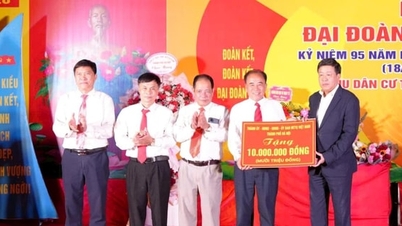

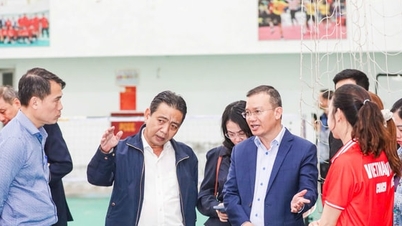






![Dong Nai OCOP transition: [Article 3] Linking tourism with OCOP product consumption](https://vphoto.vietnam.vn/thumb/402x226/vietnam/resource/IMAGE/2025/11/10/1762739199309_1324-2740-7_n-162543_981.jpeg)







Comment (0)